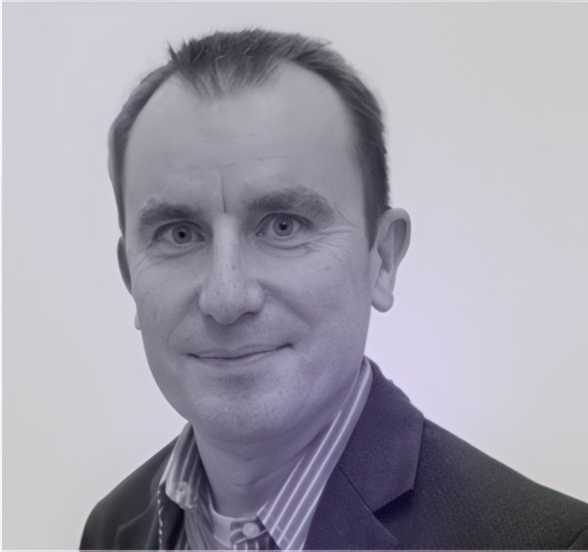Proven Fusion Science
In 2022, scientists at Lawrence Livermore National Lab (LLNL) achieved what many thought was unachievable: they created the world’s first controlled fusion ignition.
By targeting the world’s largest laser at a small pellet of fuel, they unleashed more energy than hit the target. Since then, they have repeated the experiment many times, yielding greater and greater energy.
After 60 years of fusion research, this is the only experiment in the world to generate net-positive fusion energy.
This experiment was designed to study the science of fusion, not to create electricity. However, the same process can be transformed into safe, limitless, and affordable clean energy.
NIF ignition has put humanity the closest it’s ever been to fusion energy. It’s time to take the proven path to energy production. Fusion energy is within our reach.
Proven Fusion Team
Together, these leaders bring scientific, design, program, and business expertise to execute on one of the world’s most compelling missions: to commercialize fusion energy.

Dr. Kritcher led the team that designed the first and only fusion experiment to achieve net-positive ignition.

Lawson has founded and led the development of several multinational companies with billions in revenues and teams of thousands.

Prof. Dunne led the US government program to design a fusion power plant based on NIF ignition.
A Clear Plan
Inertia’s strategy is to take the most direct, scientifically-proven path from what is working today at LLNL to commercial energy.
At a high level, our architecture is a 10 megajoule (MJ) diode-pumped, solid state laser driving an indirect drive target with Deuterium-Tritium (DT) fuel. This laser generates 4 to 5x more energy than NIF (to provide a substantial margin for the remaining uncertainties), delivering pulses at 10 Hertz (Hz) (compared to the “single shot” mode of NIF), with at least 10% wallplug efficiency (10x that of NIF).
Inertia’s fuel target is a scaled-up version of the indirect-drive NIF target, designed for a 10MJ driver, low-cost, and mass production. We are building the capability to manufacture millions of targets per day, for less than $1 per piece. We are using many of the well-understood techniques already deployed at scale for semiconductors and other high-precision components.
We will spend the next four years retiring remaining risk areas in the laser design, the target fabrication techniques, and the integrated power plant design.
This will allow Inertia to begin construction of a demonstrator fusion power plant. With that pilot plant, we will first demonstrate facility break-even (gain of 18), also known as Qeng > 1, or the point at which a fusion plant is generating more electrical power than it consumes. This will be followed by 50 megawatts (MW) of net energy production with a closed fuel cycle (gain of 30). With further optimization of that plant, we will ramp up to 1.5 gigawatts (GW) of electricity production (gain of 45).
